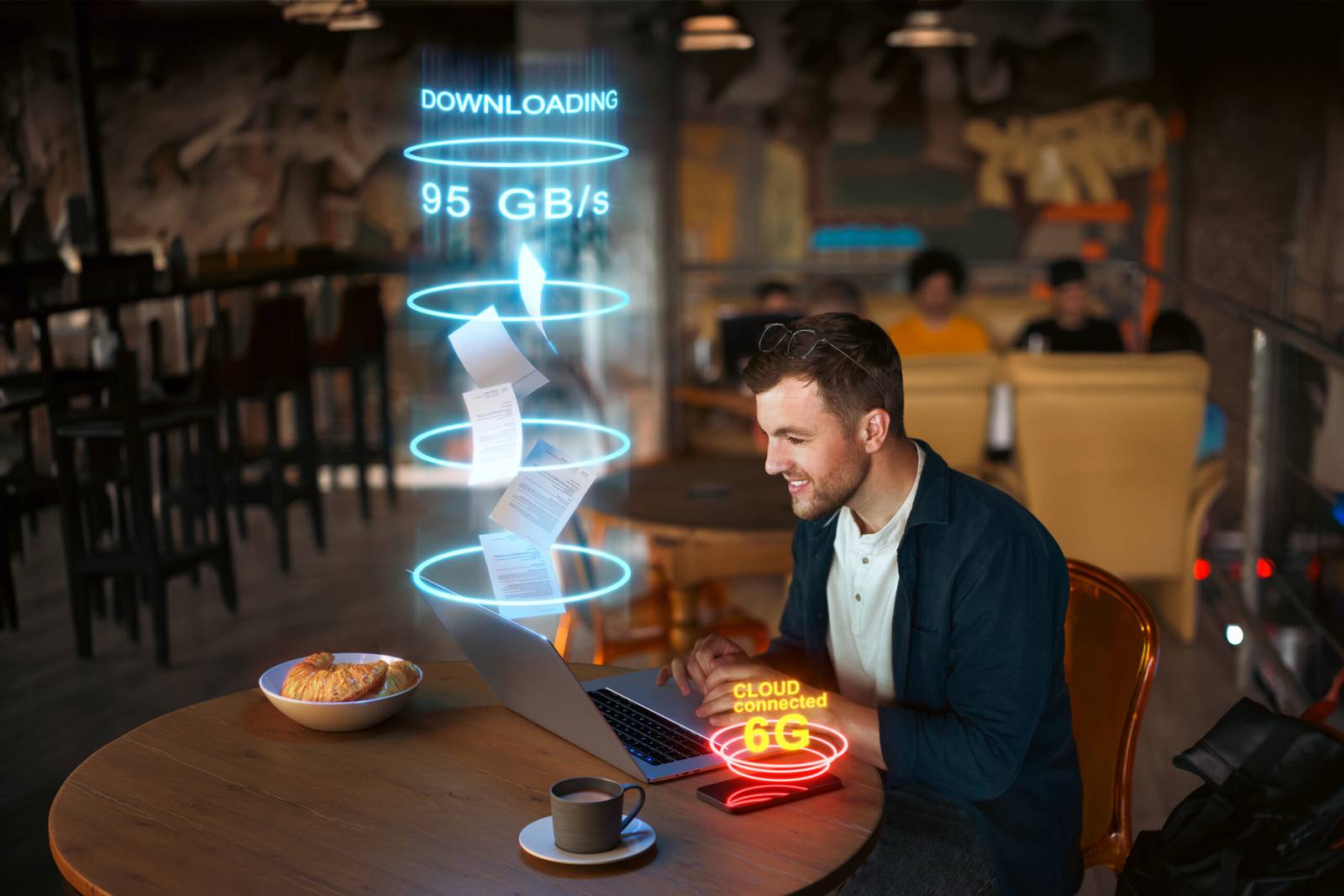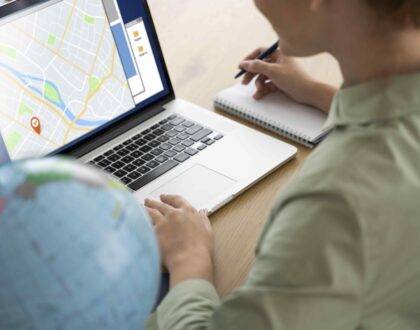The Tech Innovations Behind Food Delivery Apps

by Web Digital
In recent years, food delivery apps have revolutionized the way we order and enjoy our favourite meals. Whether you’re craving a gourmet burger, a steaming bowl of ramen, or a healthy salad, food delivery apps have made it easier than ever to have restaurant-quality food delivered to your doorstep. These apps have become an integral part of our modern lives, and they owe their success to a combination of innovative technologies and smart business models. In this article, we will explore the tech innovations behind food delivery apps and how they have transformed the food industry.
GPS Tracking and Real-Time Updates
One of the most critical innovations in food delivery apps is the use of GPS tracking and real-time updates. When you place an order through a food delivery app, you can track the progress of your delivery in real time. This technology allows you to know exactly where your food is at any given moment. It not only provides convenience to customers but also improves the efficiency of the delivery process. Delivery drivers can use GPS to find the quickest route to the restaurant and then to the customer’s location. This reduces delivery times, increases customer satisfaction, and improves the overall experience.
Artificial Intelligence (AI) and Machine Learning
Artificial Intelligence and Machine Learning have played a significant role in the growth of food delivery apps. These technologies are used to analyze customer data and preferences, enabling apps to provide personalized recommendations and offers. For example, if you frequently order Italian food, the app may suggest new Italian restaurants in your area or offer special deals on Italian dishes. This personalization not only enhances the customer experience but also drives more orders and boosts the revenue of participating restaurants.
Machine learning is also employed in demand forecasting. By analyzing historical data and various factors like weather conditions, holidays, and special events, food delivery apps can predict customer demand and adjust their operations accordingly. This helps to optimize staffing, food preparation, and delivery logistics, ensuring that customers receive their orders promptly and restaurants can efficiently manage their resources.
Mobile Payment Solutions
Food delivery apps have embraced mobile payment solutions, making the ordering and payment process seamless. These apps integrate various payment methods, including credit cards, digital wallets, and even cryptocurrencies in some cases. Users can securely save their payment information, reducing the time and effort required for each transaction. Mobile payments also offer a high level of security, and with features like biometric authentication (fingerprint or facial recognition), the apps provide peace of mind to users.
Cloud Kitchens
Cloud kitchens, also known as ghost kitchens or virtual kitchens, are a technological innovation that has reshaped the restaurant industry. These are commercial kitchens that exist solely to fulfill online food orders. They often house multiple restaurant brands under one roof, allowing for increased efficiency and cost savings. Food delivery apps partner with cloud kitchens to expand their offerings and meet growing customer demand.
Cloud kitchens use data analytics to determine which cuisines and dishes are trending in specific areas. They can quickly adapt their menu offerings to cater to changing tastes, giving customers a broader range of choices. Additionally, cloud kitchens are often strategically located in areas with high demand, reducing delivery times and ensuring that food remains hot and fresh upon arrival.
Robotics and Automation
To enhance efficiency in food preparation and order fulfillment, some food delivery apps have integrated robotics and automation into their operations. For example, automated pizza assembly lines can make pizzas quickly and consistently. Robots in the kitchen can handle tasks like flipping burgers or frying fries, ensuring precision and reducing the risk of errors. Automation in the food preparation process not only speeds up order processing but also reduces the need for a large kitchen staff, ultimately leading to cost savings for both restaurants and food delivery apps.
Augmented Reality (AR) Menus
Augmented Reality (AR) has started making its way into food delivery apps by providing interactive menus. With AR, users can point their smartphone cameras at a physical menu or menu items on their screens, and additional information, such as images, descriptions, and customer reviews, can be displayed. This technology provides a more immersive and informative ordering experience, helping users make more informed choices. It can also contribute to higher customer satisfaction, as users have a better understanding of what they are ordering.
Internet of Things (IoT) Integration
The Internet of Things (IoT) plays a vital role in ensuring that food remains fresh during the delivery process. IoT devices are used to monitor temperature and humidity in food delivery vehicles, ensuring that food is transported under the best possible conditions. These devices provide real-time data to the delivery drivers and the app’s backend, enabling them to take corrective actions if necessary. This not only maintains the quality of the delivered food but also enhances safety and compliance with food regulations.
Environmental Sustainability
With growing concerns about the environmental impact of food delivery, tech innovations are being used to address these issues. Some food delivery apps are investing in electric and hybrid delivery vehicles to reduce emissions and are working to optimize routes to decrease fuel consumption. Additionally, they are exploring eco-friendly packaging solutions to reduce single-use plastics and waste.
In conclusion, the tech innovations behind food delivery apps have revolutionized the way we order and enjoy our favourite meals. From GPS tracking and real-time updates to artificial intelligence, machine learning, mobile payment solutions, cloud kitchens, robotics, augmented reality menus, Internet of Things integration, chatbots, and data analytics, technology has enhanced every aspect of the food delivery process. These innovations have not only made our lives more convenient but have also transformed the restaurant industry and the way we think about dining out. As technology continues to advance, we can expect even more exciting developments in the food delivery space, making it an industry to watch in the coming years.
Recommended Posts

Web Design Portfolio Tips for Canadian Freelancers
September 27, 2025

The Cost of SEO Services in Canada
September 27, 2025

How to Use Google Business Profile for Local SEO
September 26, 2025
